All About Tray Dryer
Welcome to our in-depth guide on tray dryers. In this article, we will explore everything you need to know about tray dryers, from their working principles to their advantages and maintenance. Whether you’re a seasoned professional or a curious reader, this guide will provide valuable insights into the world of tray dryers.
What is a Tray Dryer?
A tray dryer is a widely used industrial drying equipment designed to remove moisture from various substances, typically in batch quantities. It consists of a stack of trays or shelves where the material to be dried is placed. These trays are then subjected to controlled hot air circulation, leading to the evaporation of moisture from the materials.
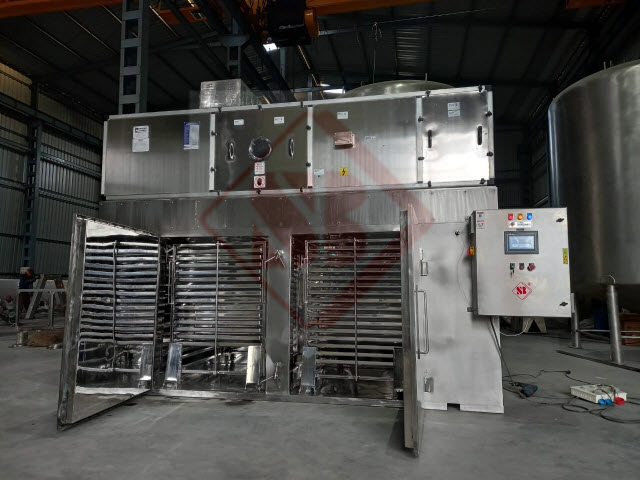
The operation of a tray dryer involves a simple yet effective process. The trays, loaded with the wet substance, are placed inside the dryer’s chamber. The dryer’s heating system generates hot air, which is evenly circulated within the chamber. As the hot air passes through the trays, it absorbs the moisture from the material, turning it into vapor. The moisture-laden air is then expelled from the chamber, while the dry air continues the cycle. This process continues until the desired level of dryness is achieved.
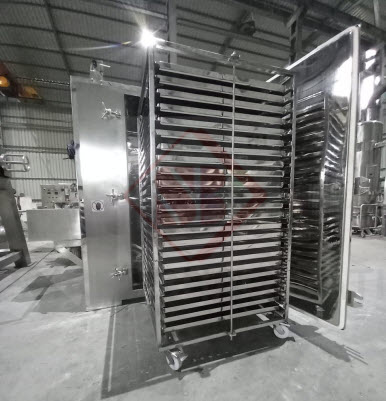
Types of Tray Dryers
Tray dryers come in various types, each catering to specific drying needs. Some common types include:
- Batch Tray Dryers: These are the most basic type, suitable for small-scale operations.
- Convection Tray Dryers: They use forced convection for faster drying.
- Vacuum Tray Dryers: Operating under reduced pressure, they are ideal for heat-sensitive materials.
- Continuous Tray Dryers: Designed for large-scale production, they allow a continuous flow of materials.
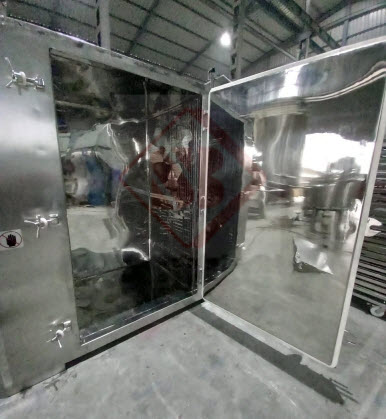
Key Components of a Tray Dryer
Tray dryers consist of several essential components, including:
- Chamber: The main housing where the trays are stacked and drying occurs.
- Trays: Shelves where materials are placed for drying.
- Heating System: Generates hot air for the drying process.
- Air Circulation System: Ensures even distribution of hot air within the chamber.
- Exhaust System: Expels moisture-laden air from the chamber.
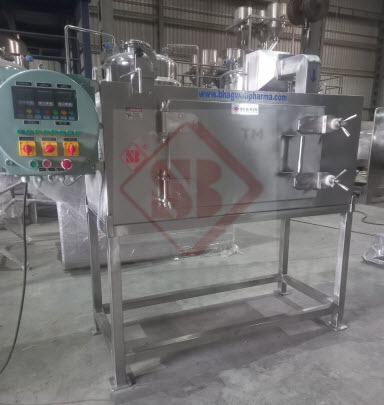
Advantages of Using Tray Dryers
Tray dryers offer several advantages, making them a preferred choice in various industries:
- Uniform Drying: The controlled airflow ensures uniform drying across all trays.
- Batch Processing: Ideal for small batches and varied products.
- Gentle Drying: Low drying temperatures prevent damage to heat-sensitive materials.
- Easy Monitoring: Transparent chamber allows visual inspection during drying.
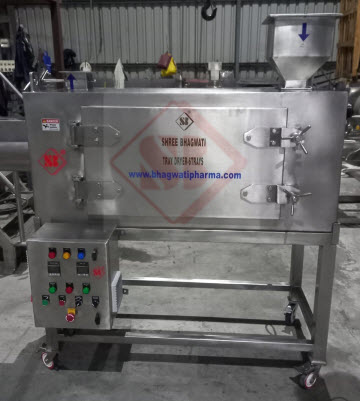
Factors to Consider When Choosing a Tray Dryer
Selecting the right tray dryer involves considering several factors:
- Material Compatibility: Ensure the dryer is suitable for the material you’re working with.
- Capacity: Choose a dryer that matches your production requirements.
- Energy Efficiency: Opt for models with efficient heating and airflow systems.
- Maintenance Needs: Consider ease of cleaning and maintenance.
Step-by-Step Guide to Operating a Tray Dryer
Operating a tray dryer effectively involves the following steps:
- Preparation: Load the material onto the trays evenly and avoid overcrowding.
- Setting Parameters: Set the desired temperature and drying time on the control panel.
- Starting the Dryer: Switch on the heating and air circulation systems.
- Monitoring: Regularly check the drying progress and adjust parameters if needed.
- Cooling Down: Once drying is complete, allow the material to cool before removing it.
- Unloading: Carefully remove the dried material from the trays.
Maintenance and Cleaning of Tray Dryers
Proper maintenance ensures the longevity and efficiency of your tray dryer:
- Regular Cleaning: Clean trays, filters, and chambers after each use.
- Inspect for Wear: Check heating elements and fans for any signs of damage.
- Lubrication: Keep moving parts well-lubricated to prevent friction-related issues.
- Electrical Checks: Regularly inspect wiring and connections for safety.
Common Challenges and Troubleshooting
Despite their efficiency, tray dryers can face certain challenges:
- Uneven Drying: Check for tray overloading or airflow blockages.
- Heat Variations: Ensure consistent temperature distribution throughout the chamber.
- Material Sticking: Use non-stick trays or liners to prevent adhesion.
- Maintenance Issues: Address wear and tear promptly to prevent breakdowns.
FAQs
Q: Can I use a tray dryer for heat-sensitive materials?
Yes, vacuum tray dryers are designed specifically for heat-sensitive materials as they operate under reduced pressure and lower temperatures.
Q: What safety precautions should I follow when operating a tray dryer?
Always wear appropriate protective gear, ensure proper electrical connections, and avoid overloading trays to prevent uneven drying.
Q: How do I choose between batch and continuous tray dryers?
Consider your production needs; batch dryers are suited for smaller quantities and varying products, while continuous dryers are ideal for larger batches.
Q: Can I dry different types of materials together in a single tray dryer cycle?
It’s recommended to avoid mixing different materials in the same drying cycle to prevent cross-contamination and ensure uniform drying.
Q: What is the approximate drying time for typical materials in a tray dryer?
Drying times vary based on the material, initial moisture content, and dryer specifications. It’s essential to monitor the process to determine the right duration.
Q: Are tray dryers suitable for pharmaceutical production?
Yes, tray dryers are commonly used in the pharmaceutical industry to dry products like tablets, powders, and granules.
Q: How can I enhance the energy efficiency of my tray dryer?
Ensuring proper insulation, using energy-efficient heating elements, and optimizing the airflow system can enhance energy efficiency.
Q: Can I automate the drying process in a tray dryer?
Yes, many modern tray dryers come with programmable controls that allow you to automate temperature, time, and other parameters.
Q: What should I do if I encounter issues with airflow during operation?
Check for any blockages in the air circulation system, clean or replace filters, and ensure that the exhaust system is functioning correctly.
Q: Is it necessary to cool the dried material before unloading it from the trays?
Yes, allowing the material to cool before unloading prevents potential damage and ensures safe handling.
Conclusion
Tray dryers are versatile and effective tools for drying a wide range of materials across industries. Their simplicity, efficiency, and uniform drying capabilities make them a preferred choice for many manufacturing processes. By following proper operating procedures and maintenance practices, you can ensure the longevity and optimal performance of your tray dryer.
In conclusion, whether you’re working in the food, pharmaceutical, chemical, or any other industry that requires efficient moisture removal, a tray dryer is a valuable asset. Understanding its working principles, types, components, and maintenance requirements is essential for maximizing its benefits. With proper care and attention, your tray dryer can contribute to streamlined production processes and high-quality dried products.
So, if you’re looking to optimize your drying processes, consider incorporating a tray dryer into your workflow. Its versatility, reliability, and efficiency will undoubtedly make a positive impact on your production output and product quality.
















